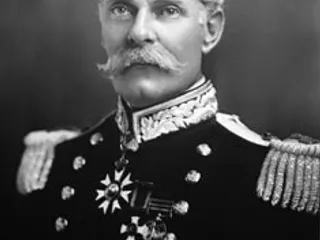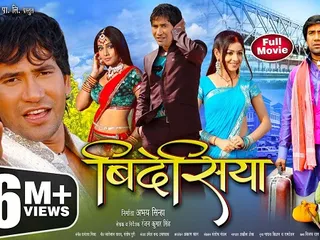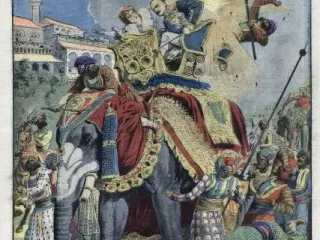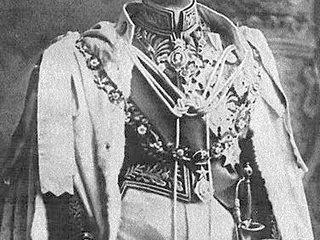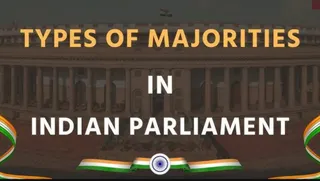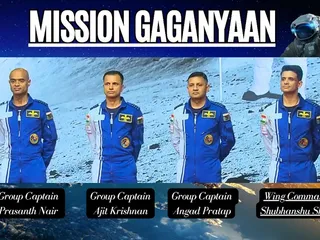The Vaikom Satyagraha, a significant non-violent movement in Travancore (present-day Kerala, India), marked a crucial turning point in the fight against caste discrimination. From 1924 to 1925, this peaceful protest challenged the discriminatory practices that barred members of the lower castes from accessing public roads passing near the Vaikom Mahadeva Temple.
The heart of the issue was the rigid caste system prevalent in Travancore. Lower-caste individuals faced severe restrictions on their movement, prohibited from using certain roads and pathways near temples and other public spaces. This segregation profoundly impacted their lives, limiting their access to education, employment, and basic necessities. The Satyagraha aimed to dismantle this discriminatory system and secure equal rights for all citizens, regardless of their caste.
Several prominent figures played key roles in the Satyagraha. While Mahatma Gandhi himself wasn't directly involved in the initial stages, his philosophy of Satyagraha profoundly influenced the movement's methods and goals. Important leaders who actively participated and spearheaded the movement included leaders like T.K. Madhavan, K. Kelappan, and Mannath Padmanabhan. Their leadership was crucial in mobilizing support and maintaining discipline during the peaceful protests.
The movement began with peaceful protests, including satyagrahis (participants) deliberately walking on the prohibited paths. They faced arrests, beatings, and other forms of harassment from the authorities. This peaceful resistance garnered attention from across India and internationally, highlighting the unjust nature of caste-based segregation. The unwavering commitment of the satyagrahis, despite the hardships, garnered sympathy and support.
The Vaikom Satyagraha's success was not immediate. It faced several setbacks and periods of intense struggle. However, the persistent efforts and the growing public awareness of the injustice eventually led to significant concessions. The Travancore government, under pressure from the ongoing protests and the growing national and international concern, finally relented and partially allowed access to the roads in 1925.
While the initial victory did not completely abolish caste discrimination, the Vaikom Satyagraha marked a significant step forward. It demonstrated the power of non-violent resistance in challenging deeply entrenched social inequalities. The movement also served as a powerful catalyst for further social reforms in Kerala, paving the way for future campaigns against caste discrimination, ultimately contributing to the Temple Entry Proclamation of 1936 which allowed members of all castes access to Hindu temples in Travancore.
The legacy of the Vaikom Satyagraha extends beyond Kerala. It serves as a powerful example of the effectiveness of non-violent civil disobedience in challenging social injustice. It inspires social justice movements around the world and continues to be studied as a case study of successful resistance against discriminatory practices and the fight for equal rights.
The Vaikom Satyagraha stands as a testament to the enduring human spirit in the face of oppression and a beacon of hope for the pursuit of equality and social justice.






 (24)jpeg-1722421859875.jpeg.webp)










